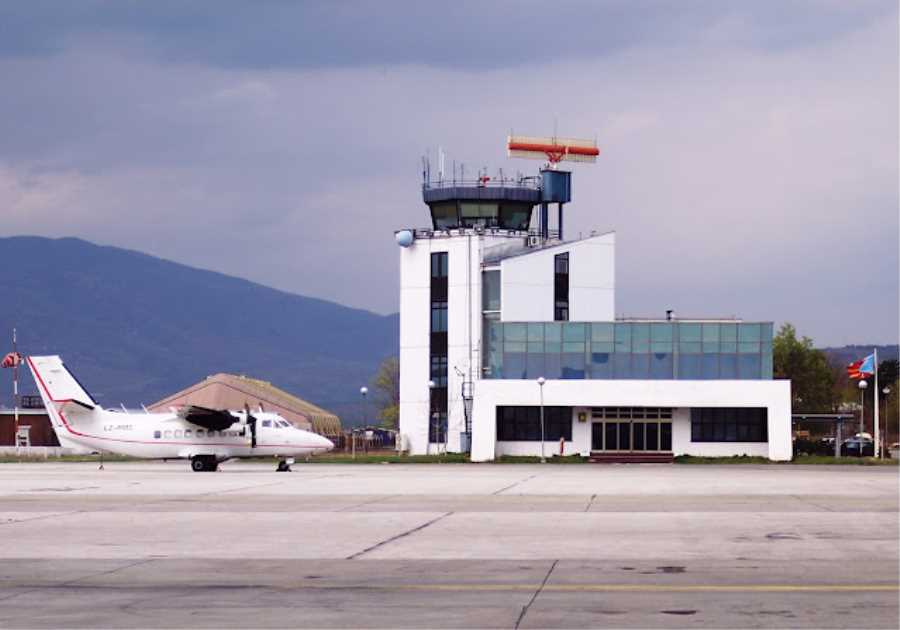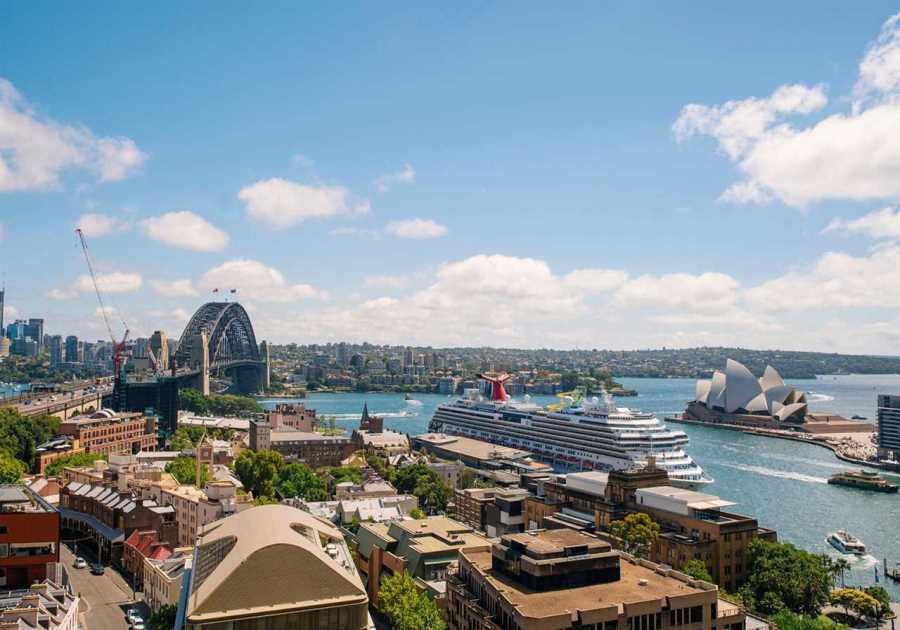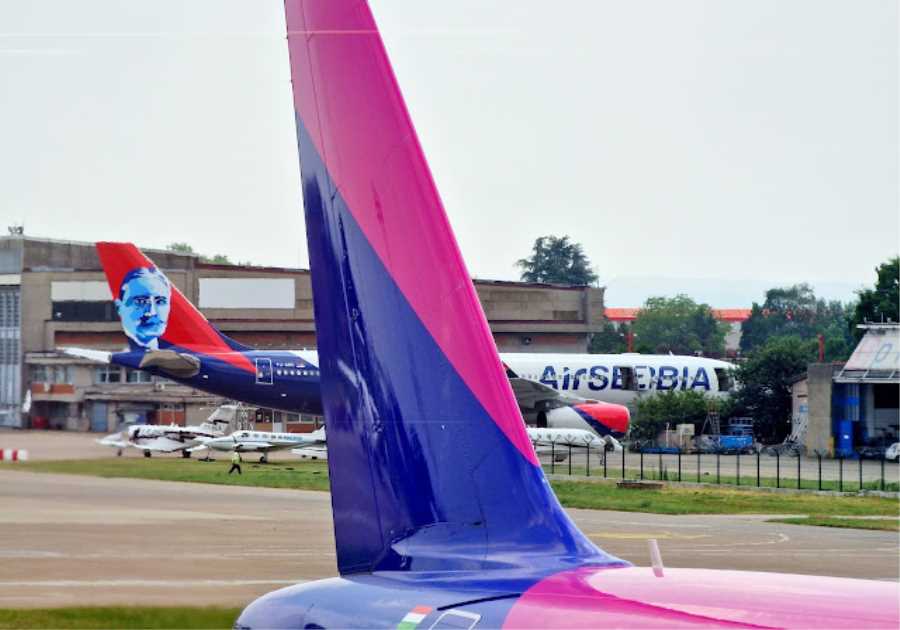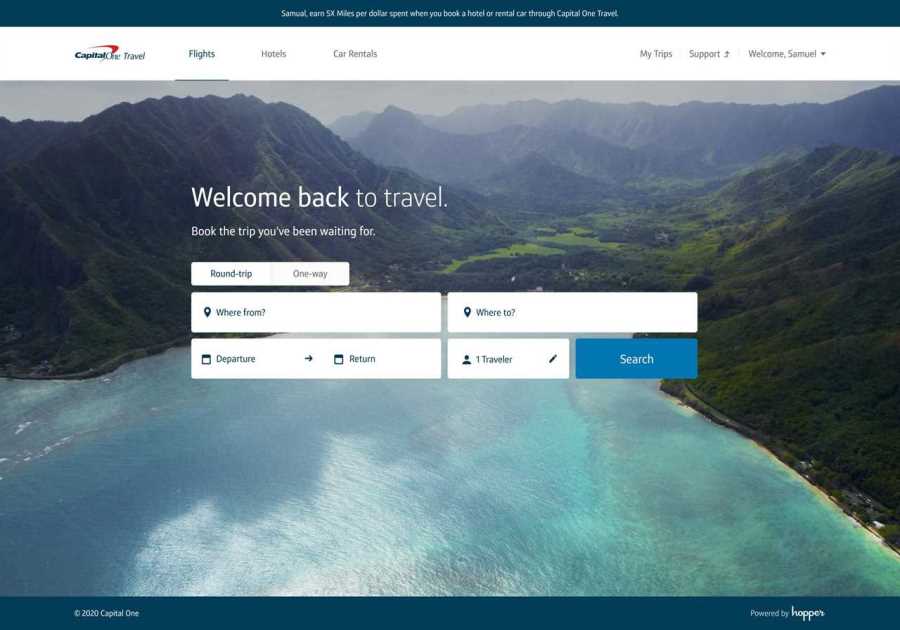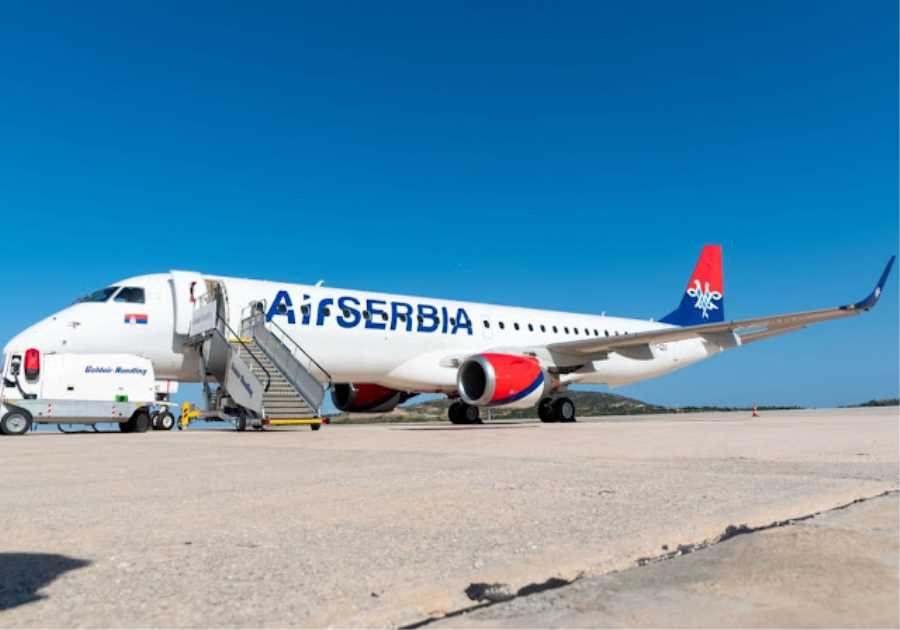HOSTED BY: https://1airtravel.com
TODAY'S READ
COVID has been responsible for staggering disruptions to people’s lives and in particular their travel. According to the WTTC (World Travel and Tourism Council) the world suffered a drop in GDP of almost 50% (the exact figure being 49.1%). There was also a mass loss of jobs in the travel sector with 62 million job losses. The loss in earnings experienced by the travel sector was also shared by the aviation industry. There was a severe impact on the aviation industry as flights were cancelled, people were being deterred from travelling, and forced to isolate in expensive hotels spending thousands of pounds for the privilege. However, what is the actual cost to the aviation industry? And are there any limits to what one can measure?
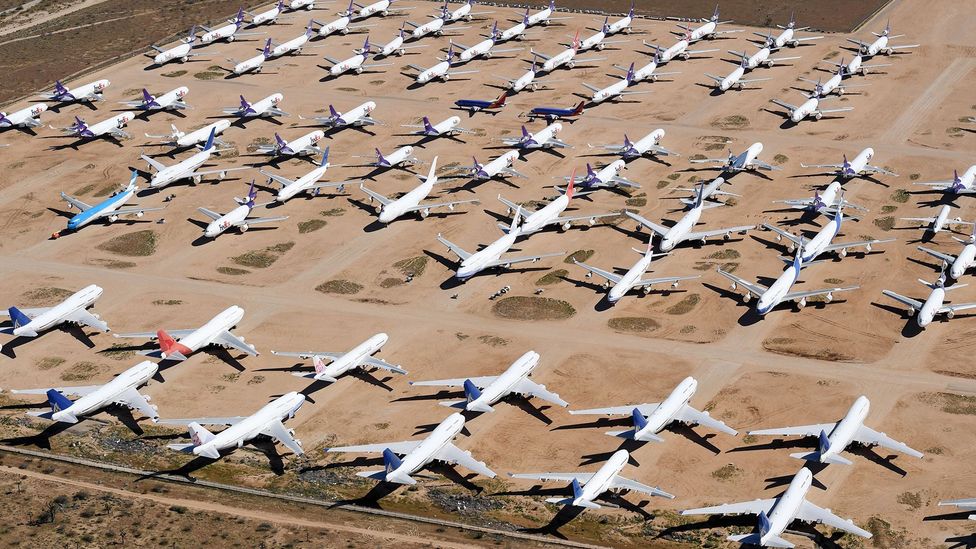
The industry lost 371 billion US dollars in 2020 and 324 billion US dollars revenue in 2021 due to COVID-19 | © Getty Images
According to the International Civil Aviation Organisation, the aviation industry as lost 371 billion US dollars in 2020 and 324 billion US dollars revenue in 2021 when compared to 2019 levels. The number of seats offered was less than 50% compared to before COVID. So even though estimates are difficult to make a simple search on Google reveals an estimate from a respected organisation. However, no estimate will take into account all costs. According to this estimate though, the amount lost is huge. However even this estimate would not take into account the cost to the government of providing funding for furloughed staff and other indirect costs such as lost revenue in airport hotels and restaurants as well as use of other airport amenities. In addition, it does not take into account the cost to the taxpayer as many of these furlough schemes were funded on borrowed money incurring a further cost in hiked interest payments.
However, on the flip side there is a limit to how much is lost during a time of restricted travel. One could argue that the cost would be limited because less planes were operating so therefore airline companies would save on running costs. These would include for example the cost of fuel as well as the cost incurred when planes are landing in foreign airports; there is usually a cost incurred by an airline in using another airport’s facilities. In addition, individual passenger costs of providing food and beverages and other miscellaneous items during the flight would have also been saved.
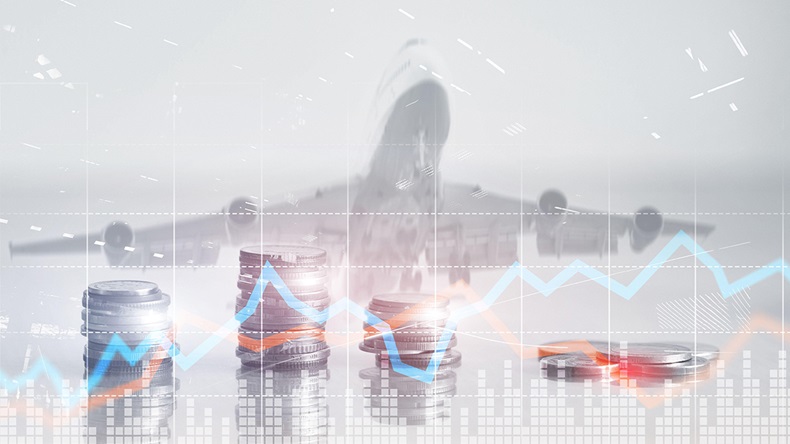
On the whole however, one could argue that even if the ICAO values took into account the points mentioned previously, this still may not take into account the true cost to the aviation industry. This means that it can never be measured completely. After all costs to individual passengers or businesses who had to cancel their travel plans would have had a knock on effect to the aviation sector as these may be less likely to book further trips due to their losses. Businesses with international operations would have been more affected by this.
As one can see the true cost of anything can sometimes be elusive especially when assessing an industry as broad as the aviation industry. This is especially true when there are so many variables at work. This is why even on the ICAO website the figures they give are estimates. However at the very least one can say that the trues is cost becoming less and less year on year with an approximate gain of 47 billion dollars in terms of revenue in 2021 as opposed to 2020. This obviously bodes well for the aviation industry as it adapts in years to come.
What are your thoughts on the industry’s recovery, post-COVID? Let us know in the comments below!
By: Amuthan ChandrarajanTitle: The True Financial Cost of COVID on the Aviation Industry
Sourced From: travelradar.aero/financial-cost-covid/
Published Date: Wed, 05 Jan 2022 13:13:24 +0000
Did you miss our previous article...
https://1airtravel.com/feature/wizz-air-expansion-at-london-gatwick


